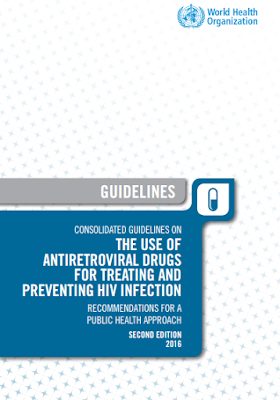{Recent changes in ADA guidelines 2017}
1. Emphasis on role of psychosocial care in Diabetes management.
2.Staging of Type 1 diabetes mellitus
Grade 1 - Presymptomatic with Normoglycemia
Grade 2 - Presymptomatic with dysglycemia
Grade 3 - Symptomatic with new onset hyperglycemia
3. New validated screening tool has been added. Its a 7 questions set based on age, sex, weight, family history, gestational dm and h/o hypertension. Score more than 5 signifies increased risk of diabetes.
4. Delivery baby more than 9lb is no longer an independent risk for diabetes.
5. Recommendation to test GDM patient postpartum for persistent diabetes has been changed from 6-12 weeks to 4-12 weeks.
6.In view of emerging evidence on sleep duration and quality on glycemic control, assessment of sleep duration and pattern has been included in comprehensive medical evaluation.
7. Diabetes comorbidities list has been updated with inclusion of autoimmune diseases, HIV, anxiety disorders, depression, disorderedeatingbehavior, andseriousmental illness.
8. In nutrition apart from carbohydrates counting protein and fat counting has been added.
9. Need to interrupt prolonged sitting of more than 30 minutes with physical activity.
10. Long term networking leads to B12 deficiency, requires monitoring and supplementation.
11.Bariatic surgery now referred to as metabolic surgery reinforcing it's role in T2DM management.
BMI cut off has been updated.
12. Pharmacological approach to glycemic control updated:
Empaglifozin and liraglutide recommended reduces CVS mortality in established cardiovascular disease.
Non inferiority of basal plus glp1 agonist versus basal plus 2 rapid acting versus 2 premixed insulin
13. Any of 4 antihypertensives (ACE inhibitors, angiotensin receptor blockers, thiazide-like diuretics, or dihydropyridine calcium channel blockers) may be used in patients without albuminuria.
14. Beneficial effect of specialised therapeutic footwear for patients with high risk of foot problems.
15. there are concern regarding concentration of metformin on the fetal side of the placenta and glyburide levels in cord blood. Insulin remains treatment of choice.
16. In pregnancy target HbA1c is 6-6.5% but optimal is less than 6%.
Targets for T1DM,T2DM,GDM
Fasting - less than or equal to 95 mg/dL
1hr PP - less than or equal to 140mg/dl
2hr PP - less than or equal to 120mg/dl
17. In hospital setting, sole use of sliding scale should be discouraged. Basal insulin or Basal plus bolus should be given, Target 140-180mg/dl.
18.Classification of hypoglycemia
Level 3 - Severe hypoglycemia - severe cognitive impairment requiring external assistance for recovery
Level 2 - clinically significant hypoglycemia is now defined as glucose ,<=54 mg/dL (3.0 mmol/L)
Level 1- glucose alert value is defined as less than or equal <=70mg/dL(3.9mmol/L)















































